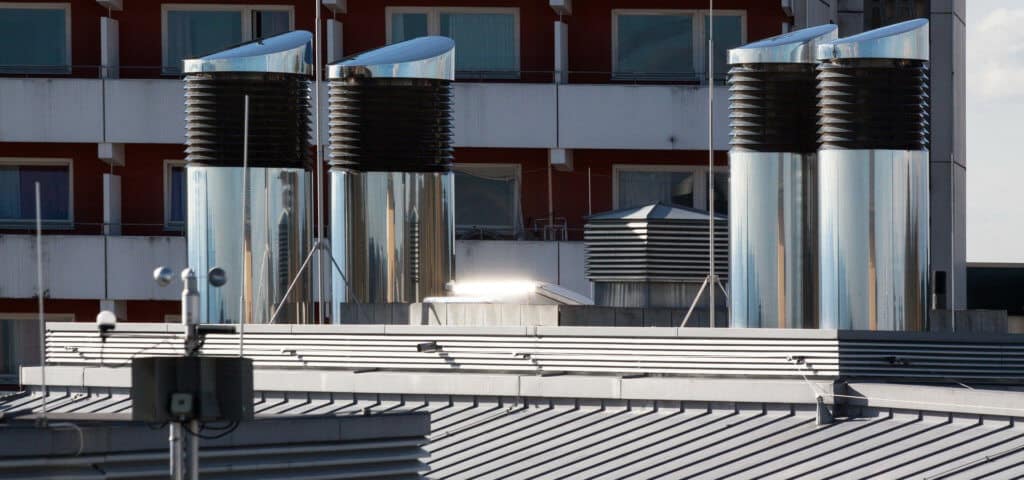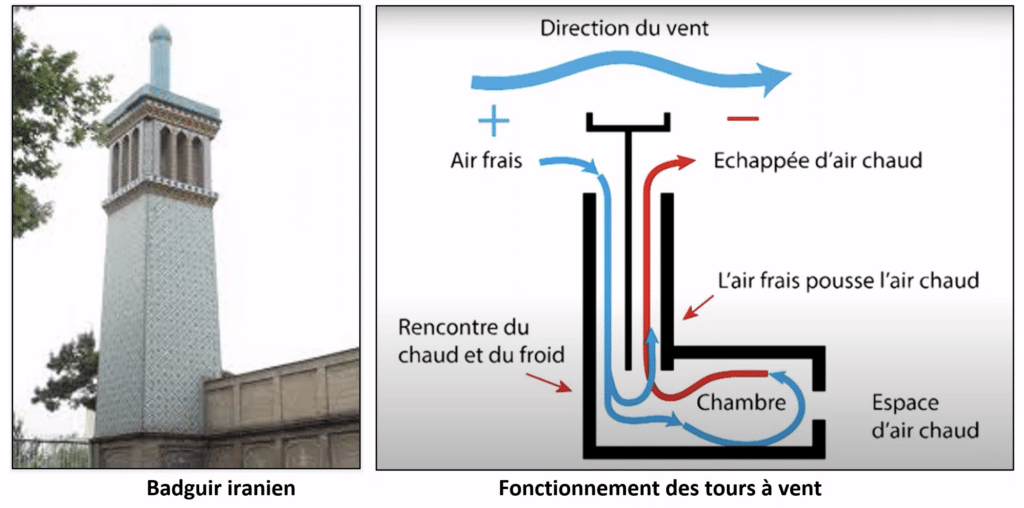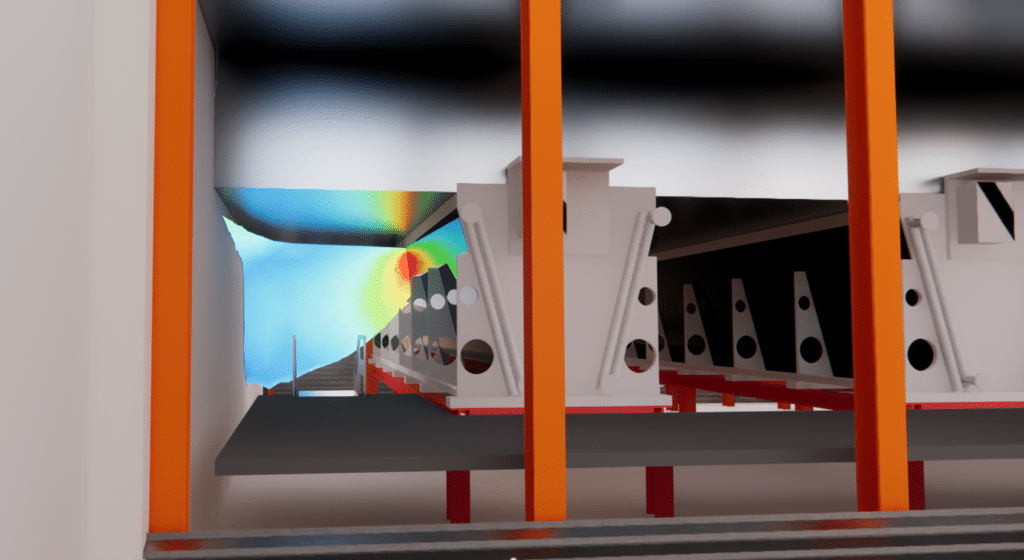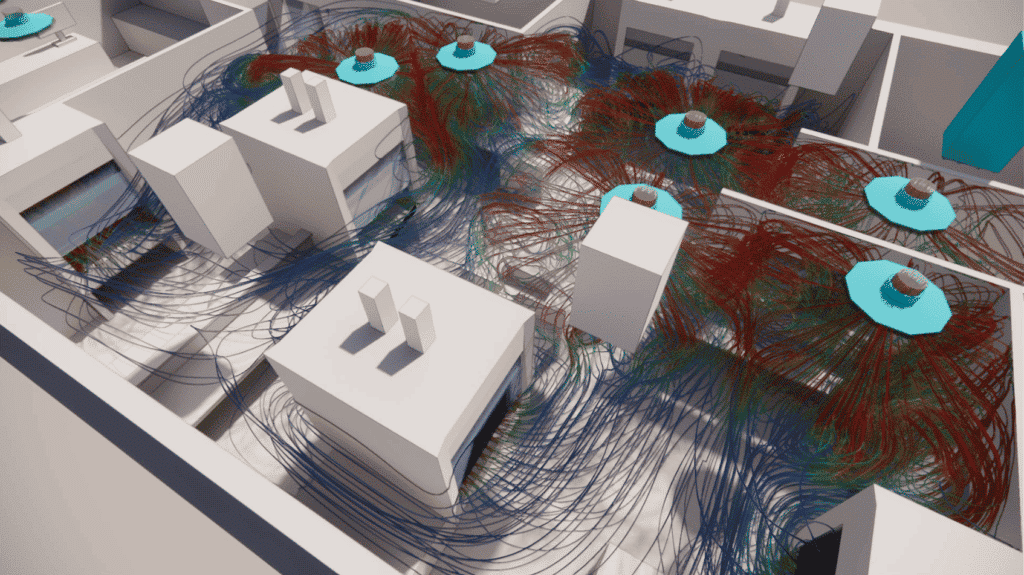Indoor comfort modeling
Optimize thermal comfort with CFD simulation
We offer simulation services (CFD) to analyze and predict the thermal conditions of complex premises, whether residential, commercial or industrial.
- Optimizing thermal comfort
- Ventilation and air conditioning
- Air quality
- Natural ventilation
- Thermal convection
- Certification
- Sun exposure
- HVAC
- Humidity management
Our engineers, recognized experts in building thermo-aerodynamics, are at your service to design, optimize and implement customized solutions to meet your specific needs.
Continue navigation :
Our latest news :
Our projects :
Our areas of expertise :
Technical files :
Optimizing thermal comfort in buildings
Optimize your building's thermal comfort with CFD simulation
Optimizing a building's thermal comfort using CFD analysis: the benefits deciphered
Carrying out a CFD study to optimize the thermal comfort of a building has many advantages. First of all, this ensures that the systems are fully efficient.
Thanks to our expertise in fluid mechanics, we are able to simulate and analyze the behavior of air inside the building, guaranteeing even heat distribution and optimum optimal air circulation. By optimizing thermal comfort, our studies also make it possible to reduce energy costs.
By identifying areas of heat loss and assessing the efficiency of heating, ventilation and air-conditioning systems, we propose concrete solutions to reduce energy consumption.
CFD simulation of thermal comfort in a theater: illustration of the "cold shower" phenomenon
This sustainable approach lowers energy bills while helping to preserve the environment by reducing greenhouse gas emissions.
In addition to the benefits in terms of comfort and energy savings, carrying out a study to to optimize a building’s thermal comfort allows you to comply with current regulations.
Optimizing a building's thermal comfort using CFD analysis: the benefits deciphered
EOLIOS engineers use CFD simulation to dimension complex systems and extreme configurations.
A building that offers optimum comfort and superior energy efficiency is a major asset for owners, buyers and tenants.
By highlighting the advantages ofoptimizing thermal comfort, our study helps to enhance the value of the building and ensure thermal conditions for all uses.
CFD simulation of thermal comfort at the Louvre Museum
At EOLIOS, we do our utmost to offer our customers tailor-made solutions to improve their thermal comfort. Thanks to our expertise in fluid mechanics and our advanced simulations, we can help you optimize your thermal comfort, guaranteeing a comfortable, energy-efficient and environmentally-friendly indoor environment.
Why use CFD to improve thermal comfort?
Optimizing a building's thermal comfort using CFD analysis: the benefits deciphered
CFD simulation is a powerful tool used in fluid mechanics to analyze and predict fluid flows.
It is widely used to optimize the thermal performance of buildings and improve the thermal comfort of occupants. CFD is used to model in detail the phenomena of thermal convection, thermal radiation and heat transfer inside a building.
Sophisticated simulation software makes it possible to take into account the various parameters influencing thermal comfort, such as air ducts, radiators, windows, etc.
CFD simulation of openspace thermal comfort
By simulating the behavior of fluids and heat transfers inside a building, it is possible tooptimize energy efficiency and adjust heating, ventilation and air-conditioning systems to maximize thermal comfort for occupants. For example, it is possible to determine the best layout for radiators or the optimum placement of air ducts to ensure even heat distribution.
CFD can also be used to analyze the impact of various factors on thermal comfort, such as the presence of draughts, temperature variations in different areas of the building, or the effects of sun exposure. Thanks to this information, informed decisions can be made to improve thermal comfort for occupants and reduce energy bills.
How can CFD simulation be used to improve thermal comfort?
Once the CFD tests have been carried out and the building’s main thermal issues identified, EOLIOS is able to provide various technical solutions to remedy them and optimize the building’s thermal comfort, focusing on the following points:
- Thermal insulation: Ensure that the building is well insulated to minimize heat loss in winter and prevent overheating in summer. Insulating walls, attics, floors and windows can significantly reduce heating and cooling requirements.
- Solar control: Use low-emissivity glazing and solar shading to limit excessive solar heat gain. Blinds, shutters or solar films can also be effective in reducing solar gain in summer.
- Effective ventilation: Ensure that the building has an adequate ventilation system, capable of providing fresh air circulation and good indoor air quality. Correct ventilation helps maintain a comfortable temperature and humidity level, while avoiding condensation problems.
- Optimizing heating and air-conditioning systems: Choose efficient heating and air-conditioning systems adapted to the building’s needs, so as to achieve comfortable temperatures at appropriate times, while avoiding unnecessary energy wastage.
- Humidity management: Control humidity inside the building to avoid condensation and mold problems by implementing adequate ventilation solutions to maintain a comfortable humidity level.
The solutions we propose are customized and unique to each situation, taking into account the customer’s needs, technical and economic constraints, and the full range of physical phenomena at play in the environment under study.
Designing sensitive spaces for optimum comfort
At EOLIOS, we understand that every space has its own specific needs. That’s why we regularly work on large-scale projects in iconic locations such as theaters, atriums, museums and more.
Our in-depth knowledge of the issues involved in managing temperature and air quality enables us to provide unrivalled comfort in auditoriums, exhibition spaces and public places.
CFD simulation of thermal comfort in a swimming pool
Why use CFD to improve thermal comfort?
What parameters are taken into account in the simulations?
When EOLIOS carries out a CFD simulation to study the thermal comfort of a building, many parameters are taken into account. Firstly, CFD simulation models take into account the geometry and characteristics of the entire building, which will be accurately modeled in 3D, as well as air ducts and ventilation systems.
The simulations then take into account heat exchange between the building’s various components, such as walls, windows, floors and radiators, to model heat transfer and calculate temperature variations inside the building. Thermal radiation is also taken into account, making it possible to analyze the impact of solar radiation through windows and determine whether solar protection measures are necessary to avoid overheating.
CFD simulation of the Paris Bercy arena - Paris Olympic Games
External weather conditions, such as temperature, relative humidity and wind speed, are also taken into account to assess their impact on heat exchange between the building and the external environment. These meteorological conditions are accurately determined by studying records from nearby weather stations, and in particular local annual maximum and minimum temperatures are used to ensure pleasant thermal conditions in both winter and summer, while avoiding unnecessary energy expenditure.
The thermal properties of building materials, such as thermal conductivity and thermal capacity, are also considered to accurately model heat transfer through the various building walls. Finally, CFD simulations can take into account the presence and activities of occupants, making it possible to assess the impact of their presence on temperature and air circulation, in order to optimize thermal comfort conditions inside the building.
Why are EOLIOS CFD simulations different?
Our studies do not impose any fixed limit conditions outside the model. In this context, for example for the study of a glazing, the surface temperatures will be dependent on the various convective exchanges. In addition, it allows to approach the real conditions of temperature distribution in any point of the room.
In practice, CFD simulations are performed to confirm that the calculated indoor environment meets the requirements. If the CFD modeling shows a deviation in value from the required values, the design solutions are corrected to eliminate or limit the identified deviations.
In this case, CFD modeling is compared and repeated until satisfactory results are obtained.
Dynamic study of the air currents created by the opening of a door at the Musée du Louvre
> Read more :
Climate control: on the same subject
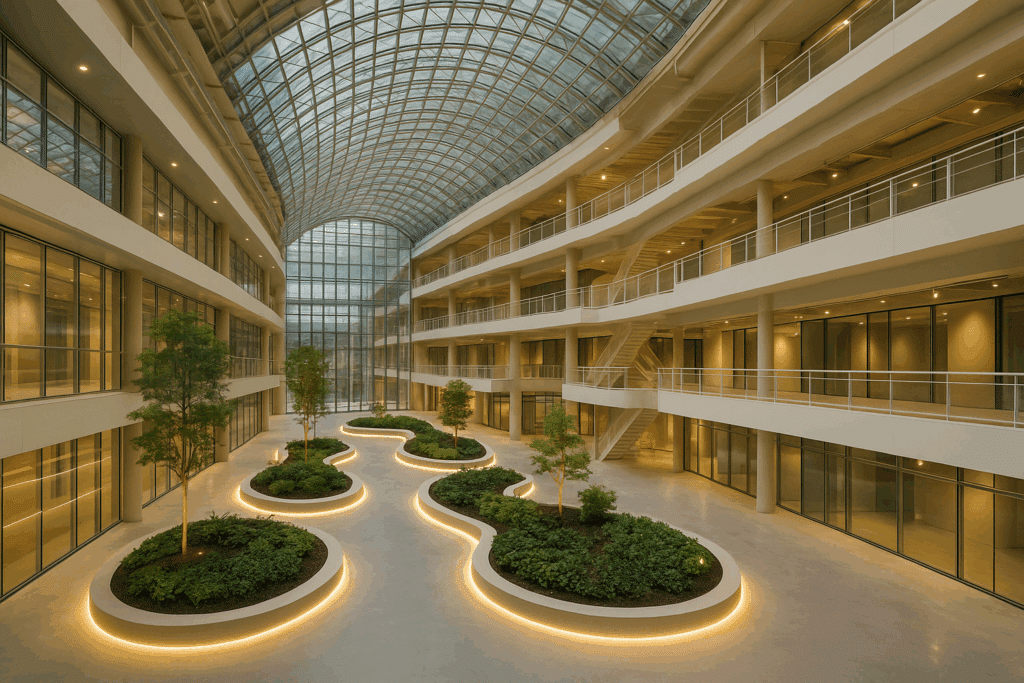
Optimizing climatic comfort: Glass roofs and Atriums
Find out more

Thermal draft effect
Find out more

